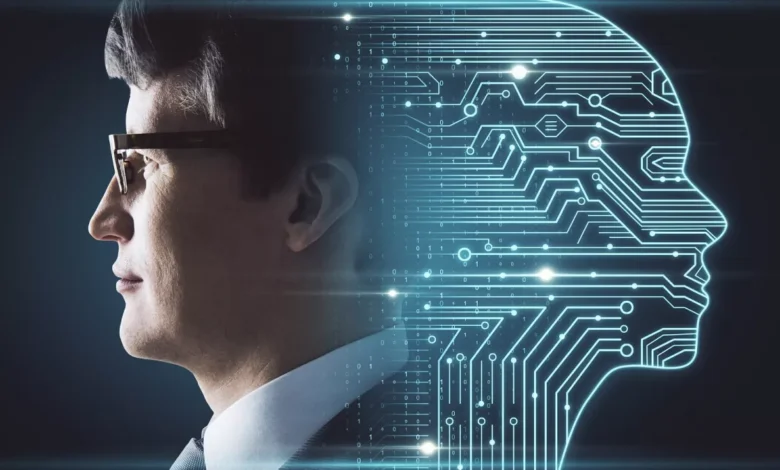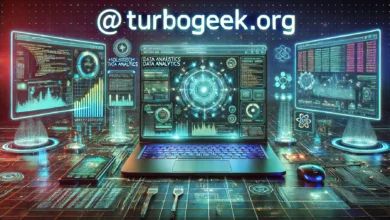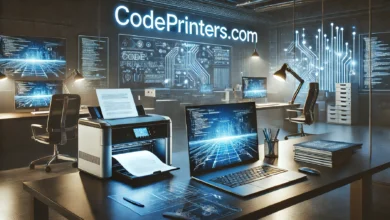Where Is AI Growing, and Which Products Will Be Mainstream?

Artificial Intelligence (AI) has become a hot topic in recent years, influencing industries and reshaping the way we live, work, and create. From self-driving cars to advanced image processing tools, AI is no longer a futuristic concept—it’s here, and it’s thriving. But where exactly is AI heading, and which products are set to dominate our everyday lives? Let’s explore.
The Current State of AI
AI has already made impressive strides across various fields. Technologies like natural language processing (NLP), computer vision, and predictive analytics are transforming industries. For instance:
- Healthcare: AI is improving diagnostics, predicting patient outcomes, and assisting in surgeries with robotics.
- Entertainment: Streaming platforms use AI to recommend content tailored to individual tastes.
- Finance: Algorithms analyze market trends, assess risks, and even automate trading.
- Retail: AI powers chatbots, personalized shopping experiences, and inventory management systems.
But this is just the beginning. The growth trajectory of AI suggests that its presence will become even more pervasive in the near future.
Industries Poised for AI Growth
- Creative Tools and Content Generation
AI is reshaping creative industries, offering tools that streamline workflows and inspire new possibilities. One example is the rise of the gif creator. These tools are increasingly leveraging AI to:
- Automatically generate gifs from video content.
- Enhance quality with color correction and resolution adjustments.
- Create personalized gifs based on user preferences or input.
This blend of AI with creativity allows professionals and casual users alike to craft engaging visual content effortlessly.
- Transportation
Autonomous vehicles are a prime example of AI’s potential in transportation. Companies like Tesla and Waymo are pioneering self-driving technology, aiming to make commuting safer and more efficient. In addition to cars, drones powered by AI are revolutionizing logistics and delivery services, promising faster and more reliable deliveries.
- Education
AI-powered platforms are transforming education by personalizing learning experiences. Tools like adaptive learning software analyze students’ strengths and weaknesses, tailoring lessons to suit their needs. AI also facilitates language learning apps, virtual tutors, and real-time translation tools, breaking barriers to education.
- Healthcare
Beyond diagnostics, AI is helping researchers discover new drugs at unprecedented speeds. Virtual health assistants and AI chatbots are improving patient access to care, while wearable devices provide real-time health monitoring, enabling proactive interventions.
- Smart Home Technology
From smart speakers to connected thermostats, AI-powered devices are turning homes into intelligent ecosystems. With advancements in voice recognition and IoT integration, smart home systems will become even more intuitive, offering seamless control over lighting, security, and entertainment.
AI Products Likely to Become Mainstream
While some AI-powered products are already household names, others are on the brink of widespread adoption. Here are a few examples:
- Generative AI for Content Creation
Generative AI tools like OpenAI’s ChatGPT and DALL-E are transforming how content is created. Writers, marketers, and designers are increasingly relying on these tools to:
- Draft blog posts and articles.
- Design logos, graphics, and even video content.
- Brainstorm creative ideas with AI suggestions.
These tools save time and make high-quality creative output accessible to everyone, regardless of skill level.
- AI-Driven Wearables
Wearable technology, such as smartwatches and fitness trackers, will continue to evolve with AI. Features like sleep tracking, stress monitoring, and AI-driven health insights will make wearables indispensable for managing personal well-being.
- Voice and Chat Interfaces
Virtual assistants like Alexa, Google Assistant, and Siri are becoming smarter and more integrated into daily life. Expect more advanced conversational capabilities, enabling them to handle complex queries and multitask seamlessly.
- Augmented Reality (AR) and Virtual Reality (VR) Powered by AI
AI is enhancing AR and VR experiences by making them more immersive and realistic. Applications include:
- Virtual try-ons in retail.
- Immersive training simulations for various professions.
- Enhanced gaming experiences.
As hardware becomes more affordable, these AI-driven AR and VR products will likely become mainstream.
Challenges and Ethical Considerations
While AI’s growth is exciting, it’s important to address potential challenges:
- Privacy Concerns: AI systems often require massive amounts of data, raising questions about data security and user privacy.
- Bias in Algorithms: If not carefully designed, AI can perpetuate existing biases, leading to unfair outcomes.
- Job Displacement: Automation could impact jobs across various sectors, necessitating reskilling and adaptation.
To ensure a balanced future, stakeholders must prioritize ethical AI development and address these challenges proactively.
What’s Next for AI?
The next phase of AI development will focus on enhancing user experiences and accessibility. Imagine:
- AI-powered creative studios that let anyone become a filmmaker or designer with intuitive tools.
- Hyper-personalized marketing that anticipates your needs before you even realize them.
- Advanced robotics that seamlessly integrate into homes and workplaces, handling mundane tasks.
AI’s potential is limitless, and as it continues to evolve, it’s crucial for individuals and businesses to stay informed and embrace these advancements.
Conclusion
AI is growing at an unprecedented pace, influencing everything from healthcare to content creation. Tools like gif creators exemplify how AI is democratizing creativity, while advancements in smart technology, transportation, and education promise a brighter, more efficient future.
As we navigate this AI-driven era, embracing its possibilities while addressing its challenges will be key to harnessing its full potential. The future is not just AI-powered; it’s collaboration-powered—where humans and machines work together to achieve remarkable outcomes.




